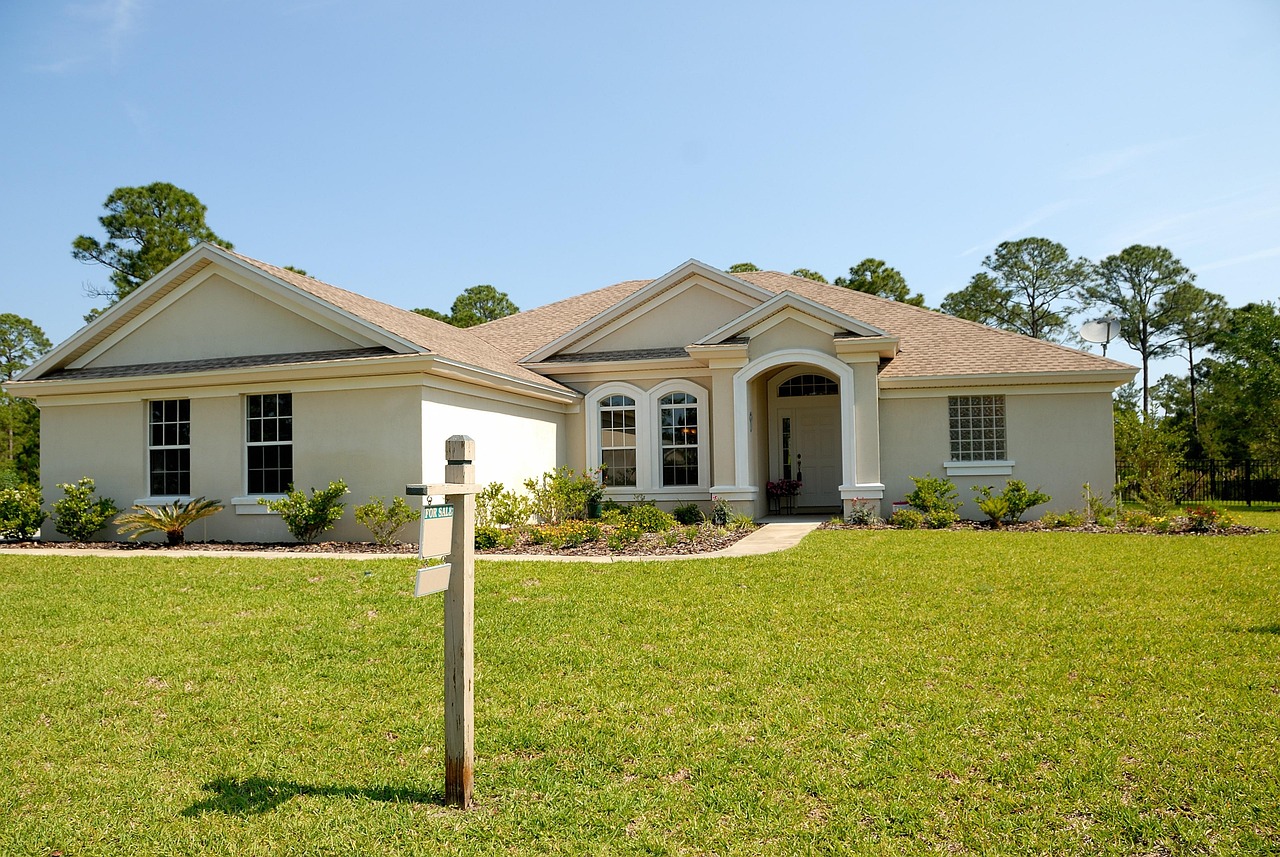Reverse mortgages Alberta allows homeowners aged 55 and older to convert part of their home equity into tax-free cash without selling their property or making monthly payments. This financial tool helps unlock funds that can be used for various purposes, such as covering medical expenses, home improvements, or supplementing retirement income. It offers a way for seniors to access the wealth they’ve built in their homes while continuing to live in them.
This option is particularly useful for those who want to maintain financial flexibility without tapping into current savings or facing the risk of foreclosure due to missed payments. The loan is typically repaid only when the homeowner moves, sells, or no longer occupies the property. Homeowners should consider current rates and qualifications to ensure this product fits their specific needs.
Alberta’s market supports reverse mortgages through various lenders, and rates can change, making it important to stay informed about the best available deals. Understanding the process and conditions involved can help homeowners make a clear, informed decision about whether a reverse mortgage is a suitable financial solution for their retirement planning.
Understanding Reverse Mortgages in Alberta
Reverse mortgages in Alberta provide homeowners with access to their home equity without selling their property. They are subject to specific age and property requirements, involve distinct loan terms, and come in different formats to suit individual needs.
Eligibility Requirements
To qualify for a reverse mortgage in Alberta, homeowners must be at least 55 years old. If there is a spouse, both must meet the age criteria. The home must be the primary residence and located within Alberta.
The property should have significant equity, as the loan amount depends on the appraised value minus any existing mortgages. Applicants must also demonstrate the ability to maintain property taxes, insurance, and upkeep to remain eligible.
How Reverse Mortgages Work
A reverse mortgage converts part of the borrower’s home equity into cash, payable as a lump sum, monthly advance, or line of credit. The loan balance increases over time, as interest and fees are added instead of monthly repayments by the homeowner.
Repayment is typically deferred until the homeowner sells the home, moves out permanently, or passes away. At that point, the loan plus interest must be repaid, often through the sale of the property.
Types of Reverse Mortgages Available
In Alberta, two main types exist: lump-sum reverse mortgage and line-of-credit reverse mortgage. The lump sum offers immediate access to a fixed amount of funds.
A line of credit allows borrowers to withdraw funds as needed, providing flexibility and interest charged only on the amount used. Both types are secured by the home’s appraised value and governed by provincial regulations.
Key Terms and Conditions
Reverse mortgages require no monthly payments, but the homeowner must continue paying property taxes, insurance, and maintenance costs. The loan balance grows with interest, which compounds over time.
The maximum loan amount is limited based on age, home value, and interest rates. Borrowers must understand that failure to maintain the home or meet loan terms may lead to foreclosure. Before proceeding, potential borrowers are advised to review contracts carefully and consider financial advice.
Applying and Managing Reverse Mortgages
A reverse mortgage in Alberta requires careful steps for application, understanding the financial commitment involved, and awareness of repayment options. Proper management involves assessing eligibility, knowing the impact on finances, and planning for eventual loan settlement.
Application Process in Alberta
Applicants must be at least 55 years old and own their home in Alberta outright or have a small mortgage balance remaining. The lender evaluates the property’s current market value and the borrower’s age to determine the maximum loan amount.
The process begins with a detailed application, including proof of income, property documents, and a credit assessment. Borrowers receive counseling to ensure they understand the loan terms and implications. Approval leads to signing the loan agreement and establishing a payment schedule, though no monthly payments are required during occupancy.
Assessing Financial Impacts
A reverse mortgage provides tax-free cash but accrues interest over time, increasing the loan balance. Borrowers should carefully evaluate how the growing debt affects their home equity and estate value.
Interest rates vary, and fees can include appraisal, administration, and legal costs. Unlike traditional mortgages, payments are deferred. This means the loan, plus interest and fees, is repaid when the homeowner sells or permanently leaves the property, impacting the overall financial plan.
Repayment and Settlement Options
Repayment typically occurs upon selling the home, moving permanently, or the borrower’s passing. The loan balance, including accrued interest, must be paid in full at that time.
Homeowners can repay earlier without penalty, which reduces interest costs. If the loan exceeds the home’s sale price, mortgage insurance covers the difference, protecting borrowers and heirs. It is important to communicate with the lender to manage settlement smoothly and avoid complications.
